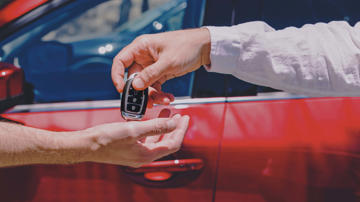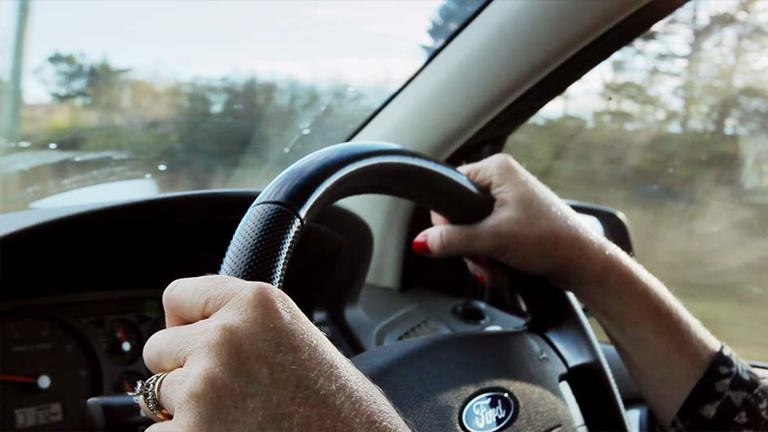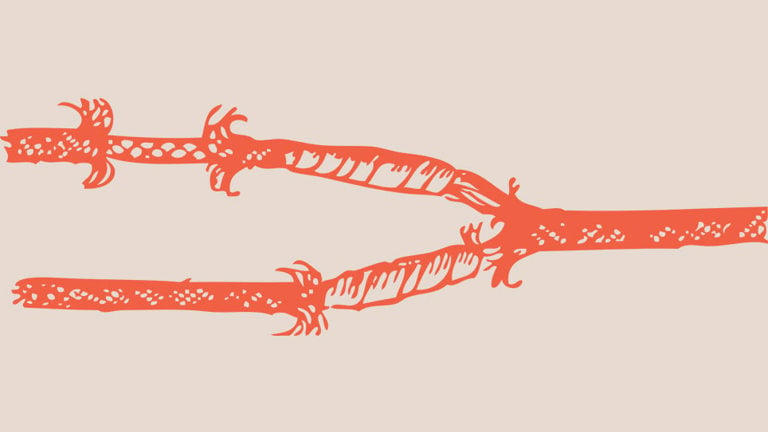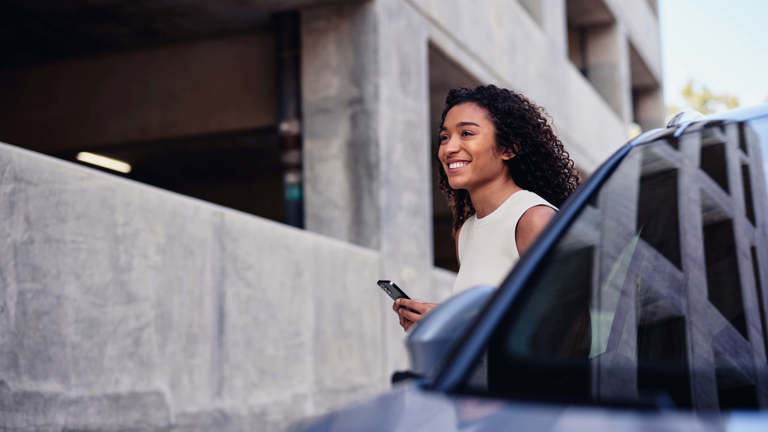Buying a car – new or used – can be a big investment. And with the Australian second hand car market worth an estimated $50.15 billion in 2021, it’s also big business.1
Around three million used cars are sold in Australia each year2, which is roughly three times the number of new cars sold3 nationwide in 2020. And if you’re currently in the market for a second hand car, the good news is prices are starting to come down as used vehicle stock rebounds following the COVID-19 pandemic.4
However, when you’re buying a second hand car, there’s more to think about than price – from the rising number of scams5 to what to look for when inspecting the vehicle and getting car insurance to help protect your new investment. Below, we’ve put together a guide to help you navigate the ins and outs of buying a second hand car.
Why buy a second hand car?
There can be a range of benefits to buying a used car, so long as you dodge the lemons.
It’s generally cheaper to buy a second hand car than on a new one.6 In addition to the upfront cost of purchasing, depreciation is another factor that you might want to take into account.
Richard Blackburn, National Motoring Editor at News Corp Australia, says new cars typically lose 30% to 40% of their value in the first three years out of the showroom. So the older your car is, the more likely its value will have fallen, or depreciated.
Used car sales scams
According to the Australian Competition and Consumer Commission (ACCC), car sales scams cost Australians more than $2.8 million in 2022.
“Unfortunately, record prices and record demand for used cars has brought out a number of dodgy operators,” Joshua Dowling from Drive told 9News.5
Scamwatch cautions vehicle scams are commonly hosted on sites such as Facebook Marketplace, Autotrader, carsales, CarsGuide and Gumtree. The agency advises that a price that is too good to be true should be a warning sign for potential buyers.7
When negotiating with a prospective seller, do as many checks as you can to help ascertain whether the offer is legitimate. We’ve put together this guide to car sales scams, including tips on some of the warning signs to look for.
If you’ve been the victim of a scam, it’s important to contact your bank as soon as possible and contact the platform on which you were scammed to inform them of the circumstances.7
Some tips for buying a second hand car
With so many options when it comes to buying a second hand car, there are a few factors you might like to keep in mind during your search.
1. Do your research
If there’s a certain car – or cars – you’re considering, CHOICE recommends using a site such as RedBook to help guide you on the potential value according to the car’s year and model.8
You might also like to consider whether you want to buy privately or through a dealer. According to the Australian Government’s Moneysmart website, buying through a car dealership can be more expensive than buying privately, though there could be some benefits, such as a warranty.9
2. Think about finance options
Do you have enough money to buy a car outright or will you need to get finance? If you’ll need to take out a loan, Moneysmart suggests comparing loans before visiting a car dealer.10 If you’re selling or trading in your current car to buy a new one, you might also like to look into how much your car might be worth.
3. Check your car’s emissions
If you’re interested in understanding how your potential car stacks up in terms of emissions, you can check out the Australian Government’s Green Vehicle Guide. This allows you to search for and compare vehicles in terms of their environmental impact.11
4. Inspect the vehicle
Once you’ve found a car you’re interested in, CHOICE recommends inspecting the vehicle – or, if you don’t feel comfortable inspecting it yourself, you can organise an independent expert inspection. It could be a good idea to take someone with you for a second set of eyes, and to look at the car in full daylight when marks, dents and other defects are more likely to be visible.8 Our second hand car inspection checklist below contains some more tips on what to look for.
5. Do a used car search
When buying a second hand car, it could also be worth checking the vehicle’s history, to make sure it hasn’t been stolen, written off or doesn’t still have money owing on it. The Australian Government’s Personal Property Securities Register (PPSR) allows you to check these details for a $2 fee.12
6. Proceed cautiously with payment
Ready to buy? With fake sellers accounting for around 70% of used car sales scams, it makes sense to approach payment to any prospective private seller with care.13 Scamwatch says that requests for payment through virtual currency, such as Bitcoin, likely indicate a scam, and you should also be suspicious if someone asks you to set up a new bank account or PayID.14 PayID’s operator, Australian Payments Plus, has said it will never directly text or message its customers or ask them to send money to receive money, and any such messages should be ignored or treated as a scam.15
7. Insure your car
Once you’ve finally bought your new ride, you might want to insure it. Youi has a range of car insurance options that could suit your needs, including Compulsory Third Party (CTP) cover if you live in New South Wales (where it’s more commonly known as Green Slip insurance) or South Australia.
Second hand car inspection checklist
Inspecting a car can be overwhelming, but according to CHOICE, there are certain things – from paperwork to physical defects – that it can help to look out for. Some steps you might like to take include:8
- If you’re buying privately, make sure the seller is the owner. Ask to see their driver’s licence and compare the details with those on the registration papers.
- Look at the car’s compliance plate, which is usually found on the firewall between the engine area and the inside of the car.
- Match the VIN number, date of manufacture, engine number (which is marked on the engine itself) and number plates with those on the registration papers. Ask for an explanation if any of the information doesn’t match. It could mean that the car’s been stolen or that the engine’s been replaced without notifying the registration authority.
- Check the outside, inside and under the bonnet of the car. You may also like to take it for a test drive. What’s the overall condition of the car? Based on how the vehicle presents, does it look like the current owner has taken good care of it?8
Buying a second hand car could potentially have benefits over buying new. However, doing your research beforehand can help protect you against getting scammed, or finding yourself landed with a lemon. If you’re in need of insurance for your new ride, you might like to check out Youi’s range of car insurance, for cover that’s a bit more you-shaped.
1 Source: Mordor Intelligence – Used Car Market in Australia Size & Share Analysis - Growth Trends & Forecasts (2023 - 2028), 2022
2 Source: CarsGuide – Australian car market: Car sales, statistics and figures, 2022
3 Source: Federal Chamber of Automotive Industries – Sales, 2020
4 Source: CarExpert – Used cars are getting cheaper as new vehicle wait times shrink, 2023
5 Source: 9News – Australians warned to be wary as second-hand car sales scams rise, 2022
6 Source: WhichCar? – New Car or Used Car: Pros and Cons to Buying, 2023
7 Source: Scamwatch – Losses to car ad scams climbing, 2021
8 Source: CHOICE – How to buy a used car, 2021
9 Source: Moneysmart – Buying and running a car
10 Source: Moneysmart – Car loans
11 Source: Australian Government – Green Vehicle Guide
12 Source: Australian Government – Do a used car or vehicle search
13 Information provided by Australian Competition & Consumer Commission (ACCC), 14 August 2023
14 Source: Scamwatch – Ways to spot and avoid scams
15 Source: Australian Payments Plus – Stay scam safe, use PayID, 2023




